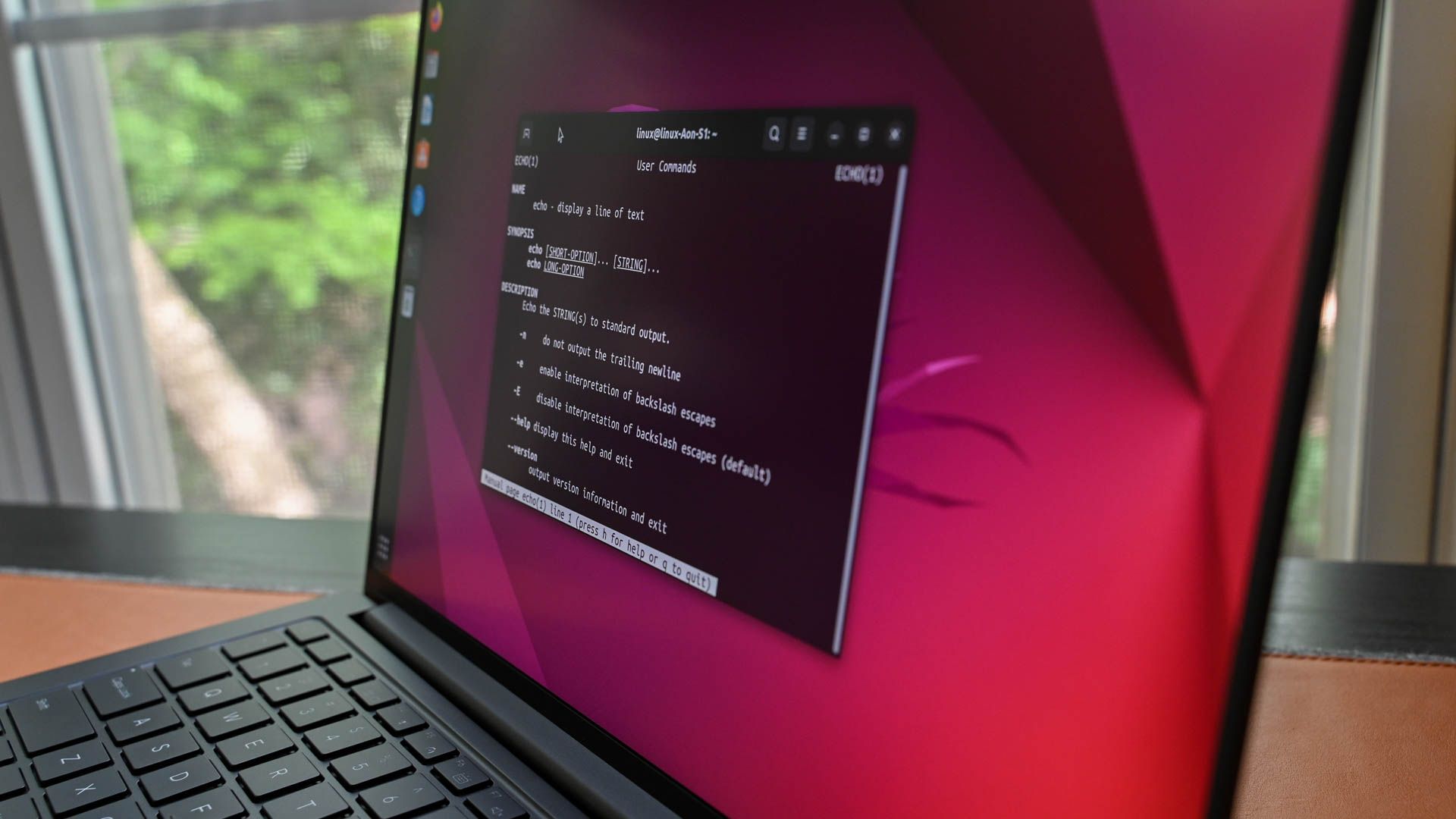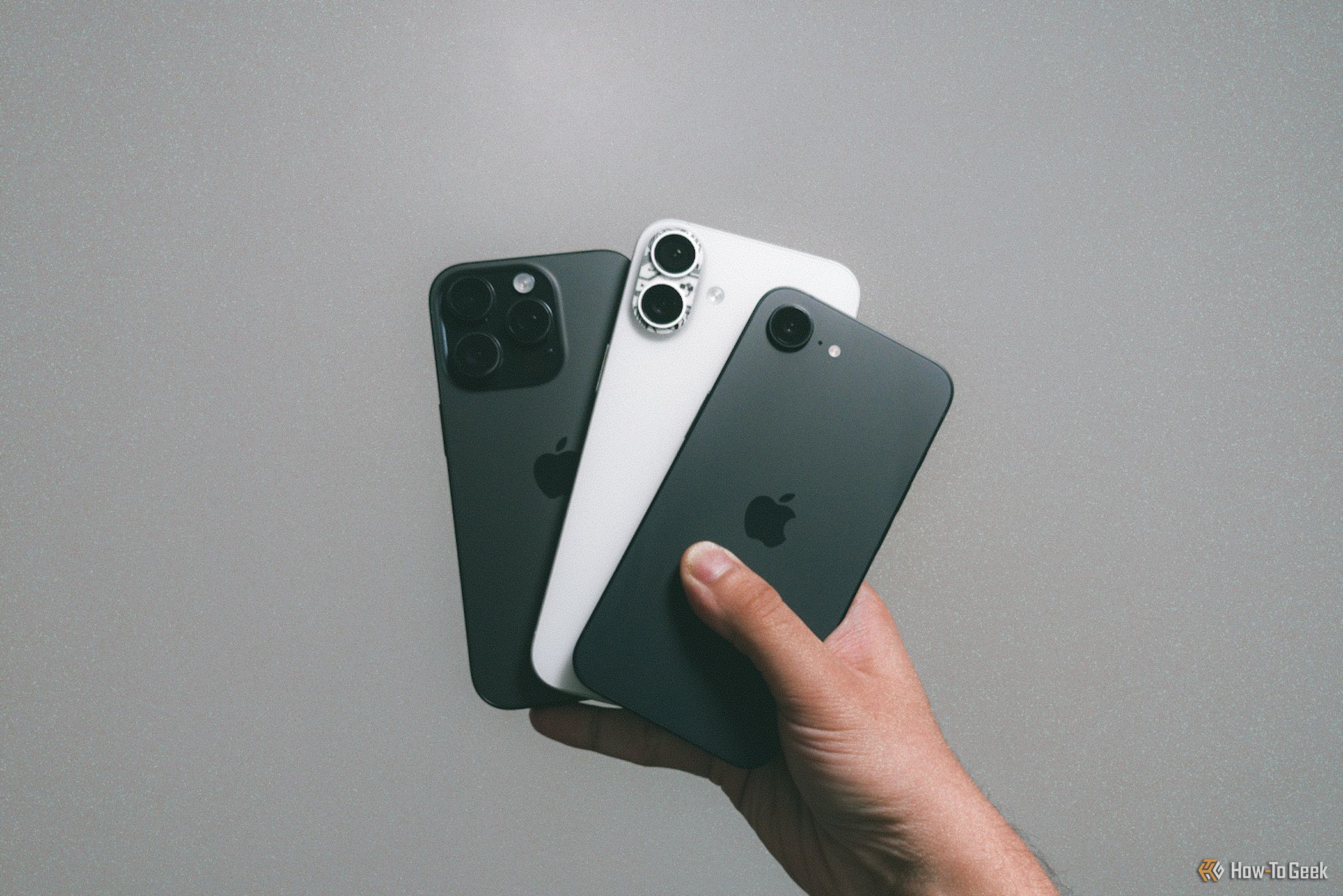Now Reading: Running a Full Linux Desktop in Docker: A Bold Experiment
-
01
Running a Full Linux Desktop in Docker: A Bold Experiment
Running a Full Linux Desktop in Docker: A Bold Experiment

Quick Summary
- Experiment: An individual attempted to run a full Linux desktop GUI inside a Docker container on a Windows 10 PC out of curiosity and as a learning experience.
- Initial Challenges:
– Began with creating a custom image but faced severe challenges due to inexperience and reliance on AI-generated code.
– Switched to pre-built images from Docker Hub, leading to initial success with an XFCE-based debian setup.
- Performance Observations:
– usability reached ~70% of native performance; however, GPU remained idle, and visual quality issues emerged (e.g., software rendering).
– Encountered incompatibility with Flatpak for app installations.
- Tinkering Improvements:
– Experimented with different configurations like switching desktop environments (XFCE vs GNOME) and using alternative protocols for smoother performance but ultimately reverted to XFCE for practicality.
- Pre-Built Image Solutions: Recommended options such as LinuxServer.io’s Webtop (audio support included) or Kasm Workspaces for easier setups without requiring technical expertise.
- Unexpected Perks: Realized benefits like disposable sandboxes, portable remote access via less powerful devices (e.g., Chromebooks), and tailored workspaces optimized for specific activities.
!Image showing Docker window errors
!Terminal screenshot showing installation errors
Indian Opinion Analysis
The experimenter’s journey underscores the versatility of containers while highlighting their inherent limitations when used against design principles. For India’s tech users-home developers or curious learners-the project demonstrates how far one can push the boundaries of tools like Docker.It also reveals accessible methods via pre-built images that streamline these experiments.
From an industry perspective, projects like this reflect broader trends in virtualization technologies overcoming hardware dependencies. For Indian startups or innovation-driven sectors experimenting with lightweight systems, disposable sandbox environments enabled by containers offer notable workflow advantages.However, these findings reaffirm the mismatch between what containers are designed for-a streamlined request deployment-and challenging use cases such as running graphical interfaces reliant on full OS kernel functionalities. Adopting Virtual Machines might remain simpler unless optimizations arise natively within platforms like Docker or through emerging Open Source solutions.
This journey is valuable not just technically but philosophically-breaking conventions enables both innovation and deeper learning-a lesson relevant across all levels of IT ecosystems in India.




























